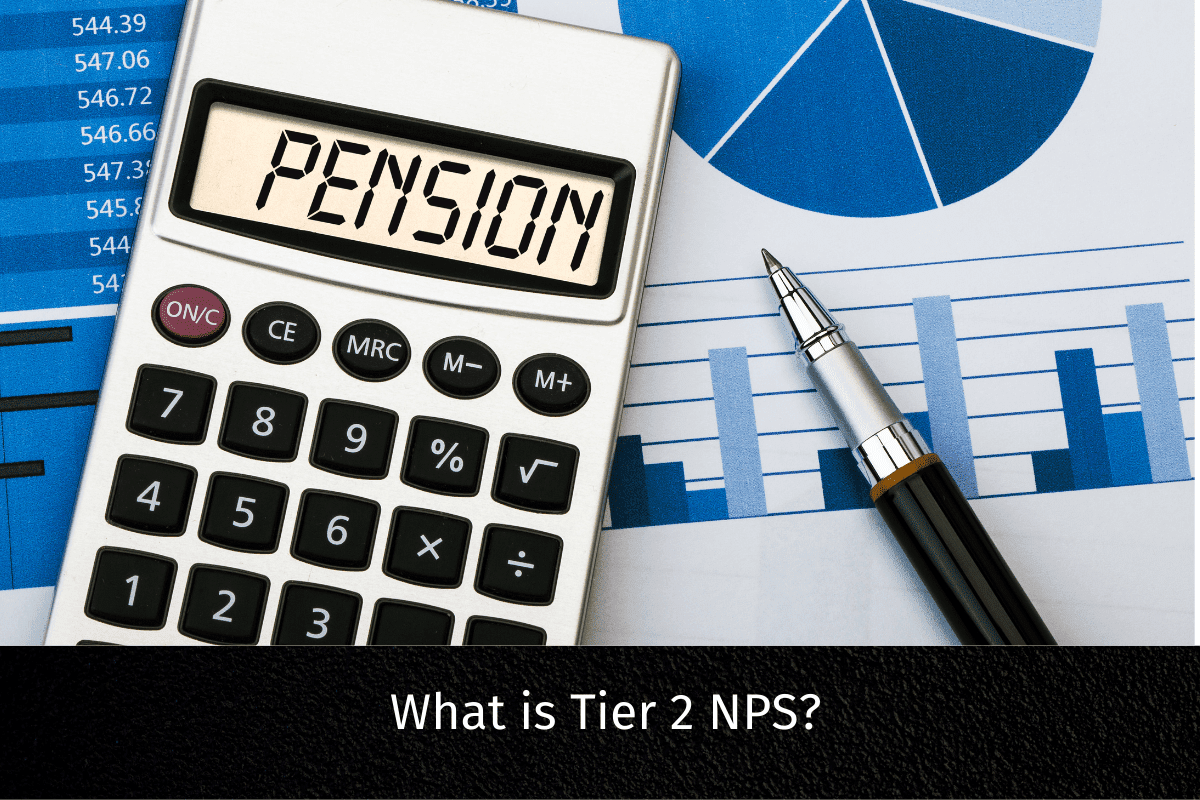The National Pension System (NPS) is a popular retirement savings scheme in India designed to provide financial security during post-retirement years. A significant feature of NPS is the annuity component, which ensures regular pension income for retirees. The annuity rate in NPS determines how much monthly pension a subscriber will receive after retirement. Understanding how annuity rates work, what affects them, and how to choose the best annuity option is crucial for efficient retirement planning.
What is Annuity in NPS?
An annuity in NPS refers to the regular pension paid to a subscriber after retirement. Upon exiting NPS at the age of 60, a subscriber must use at least 40% of their accumulated corpus to purchase an annuity from a Pension Fund Regulatory and Development Authority (PFRDA)-approved Annuity Service Provider (ASP). The remaining 60% can be withdrawn as a lump sum, which is tax-free.
Find out the best NPS scheme using 1 Finance NPS Scoring and Ranking model
Understanding Annuity Rate in NPS
The annuity rate in NPS refers to the percentage of return an annuity provider offers in exchange for the money invested into the annuity plan. This rate determines the monthly pension amount a retiree will receive. It depends on multiple factors, including:
- Type of annuity chosen (single-life, joint-life, return of purchase price, etc.)
- Age of the subscriber
- Corpus allocated to annuity
- Prevailing market interest rates
- Annuity Service Provider (ASP)
Types of Annuities in NPS and Their Rates
NPS offers multiple annuity options, and the annuity rate varies based on the plan chosen. The common types of annuities include:
1. Annuity for Life
- Provides a fixed pension to the subscriber for life.
- No payout to nominee after death.
- Higher annuity rate compared to other options.
2. Joint-Life Annuity
- Provides a pension to the subscriber and, after their death, continues to provide pension to the spouse.
- Suitable for those who want to ensure pension benefits for their spouse.
- Lower annuity rate than a single-life annuity due to extended benefits.
3. Annuity with Return of Purchase Price (ROP)
- Provides a fixed pension for life, and upon the subscriber’s death, the initial investment amount is returned to the nominee.
- Ensures financial security for the nominee.
- Lower annuity rate due to the refund component.
4. Annuity for a Fixed Period
- Pays annuity for a fixed number of years (e.g., 10, 15, 20 years) regardless of whether the subscriber is alive.
- Suitable for those who do not want lifelong annuity but require fixed-term benefits.
Current Annuity Rates in NPS
As annuity rates depend on interest rates and ASPs, they are subject to periodic changes. On average, annuity rates in India range from 5% to 7% depending on the provider and type of annuity chosen. For example:
| Annuity Type | Average Annuity Rate |
|---|---|
| Annuity for Life | 6.5% – 7.0% |
| Joint-Life Annuity | 5.5% – 6.5% |
| Annuity with ROP | 5.0% – 6.0% |
| Fixed-Period Annuity | 6.0% – 6.8% |
How to Calculate Pension from Annuity Rate
To estimate the pension amount, use the formula:
Example Calculation
- NPS Corpus at Retirement = ₹1 crore
- 40% Annuity Corpus = ₹40 lakh
- Annuity Rate = 6%
This means that if a retiree uses ₹40 lakh to buy an annuity at a 6% annuity rate, they will receive ₹20,000 per month for life.
Factors Affecting Annuity Rates in NPS
- Market Interest Rates: Higher interest rates lead to better annuity rates.
- Annuity Service Provider (ASP): Different ASPs offer different rates.
- Type of Annuity: Single-life annuities have higher rates than joint-life or ROP annuities.
- Corpus Size: The higher the amount invested in an annuity, the greater the pension amount.
- Subscriber’s Age: Younger retirees get a lower annuity rate compared to older retirees.
How to Choose the Right Annuity Option
When selecting an annuity plan in NPS, consider the following:
- If you need lifelong income → Choose Annuity for Life.
- If you want pension benefits for your spouse → Choose Joint-Life Annuity.
- If you want to ensure your nominee gets back the initial investment → Choose Annuity with ROP.
- If you want to receive a pension only for a fixed term → Choose Fixed-Period Annuity.
Comparison of Annuity vs. Other Investment Options
| Investment Option | Returns (%) | Liquidity | Taxation |
|---|---|---|---|
| NPS Annuity | 5–7% | Locked for life | Pension taxable |
| Fixed Deposits (FDs) | 5–6% | Moderate | Interest taxable |
| Mutual Funds (Debt Funds) | 6–8% | High | Capital gains tax |
| Senior Citizens Savings Scheme (SCSS) | 7.5–8.2% | Locked (5 years) | Interest taxable |
Taxation of Annuity in NPS
- The lump sum withdrawal (60%) from NPS at retirement is tax-free.
- Annuity payments are fully taxable as per the retiree’s income tax slab.
- No TDS on annuity payments, but income must be declared in annual tax filings.
Need help with retirement planning? Talk to our Qualified Financial Advisor
Conclusion
Understanding annuity rates in NPS is crucial for retirement planning. The higher the annuity rate, the greater the pension amount. Selecting the right annuity type based on financial goals ensures a stable post-retirement income. Although NPS annuity rates range from 5% to 7%, retirees should carefully evaluate options to maximise their pension benefits while considering taxation and liquidity needs.
By choosing a suitable annuity, NPS subscribers can secure a predictable and steady income for life, ensuring financial independence in their retirement years.








